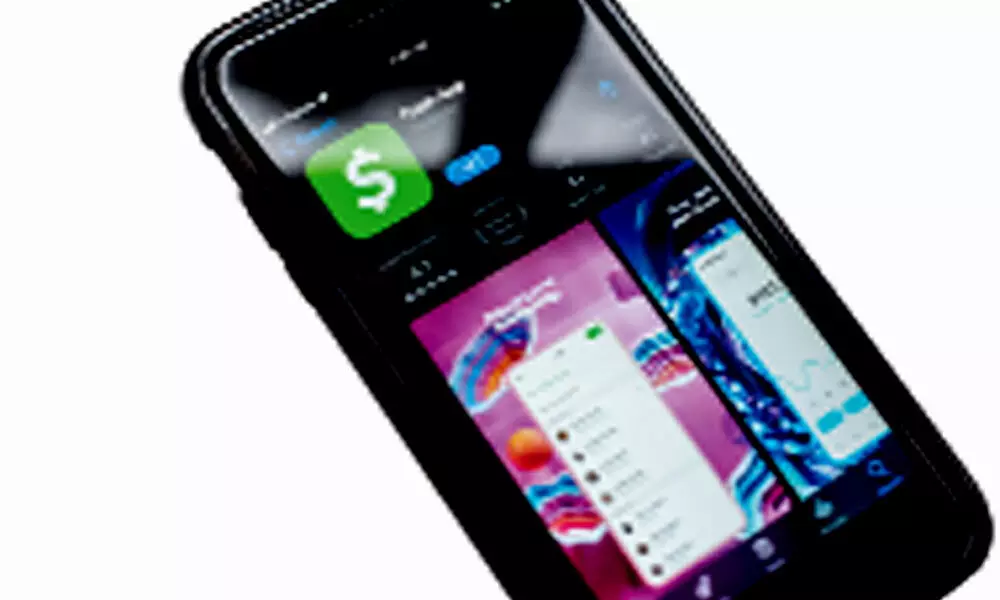Fintech uprising will define post-Covid banking
With the public less inclined to visit physical branches, consumers flocked to mobile apps for financial services
image for illustrative purpose

The traditional players tend to fail at the in-app experience. While Square's and PayPal's apps have intuitive and simple designs, older companies can struggle to get the basic user interface right, using too many screens that require extra steps
As recovery from the coronavirus pandemic continues, Bloomberg Opinion is running a series of columns looking at crisis-inspired innovations that promise better living over the long-run - from more resilient economies, cleaner cities and healthier offices to five-star meal kits, less unnecessary business travel and no more airline change fees.
One thing that quickly became apparent after the onset of the Covid-19 pandemic and the fleeting collapse in financial markets is that big US banks, the villains of the previous crisis, were determined to be the good guys this time around. No job cuts in 2020. Deferred payments on credit cards and mortgages without repercussions. You name it, the likes of Bank of America Corp. and JPMorgan Chase & Co. appeared willing to provide it.
It would be naive to expect this kind of treatment to last forever - banking is a highly competitive businesses, after all. However, a combination of shifting behaviour because of the pandemic and industry trends that have only accelerated over the past year might leave top commercial banks with little choice but to remain consumer friendly or else risk losing market share to financial technology companies.
These upstarts gained a lot of momentum during the Covid-19 era. With the public less inclined to visit physical branches, consumers flocked to mobile apps to serve their financial services needs. Many of the under-banked were attracted to the convenience of Square Inc.'s Cash App in addition to its lower fees to deposit their paychecks directly, invest in stocks and pay for goods. According to the company, 36 million customers conducted transactions on its app in December, up more than 50 per cent from the previous year. For comparison, JPMorgan reported 40.9 million active mobile customers as of the end of last year, an increase of 10 per cent from 12 months earlier. PayPal Holdings Inc.'s digital wallet use soared as it added services from cryptocurrency trading to instalment payments for online purchases. It's also making progress at enabling in-store payments using QR barcodes, which are now available at 600,000 merchants.
Unless banks offer similar payment services and innovations inside their apps, these two fintechs will likely continue to thrive. It's not just about features, either. The traditional players tend to fail at the in-app experience. While Square's and PayPal's apps have intuitive and simple designs, older companies can struggle to get the basic user interface right, using too many screens that require extra steps. Say what you will about Robinhood Markets 'gamifying' investing with confetti, but its ability to attract millions of new customers speaks to the importance of ease of use, especially for something as important as money.
With even Walmart Inc. muscling its way into banking through a new fintech startup, regional lenders see the writing on the wall. The handful of recent mergers and acquisitions are a push to scale up to close the technology gap. "The client is not going to accept just having someone nice at the branch," Kelly King, Truist Financial Corp.'s chief financial officer, said in 2019. "Touch has to merge with technology."
That's only more true now than it was two years ago. While banks still have many incumbency advantages, fintechs have the upper hand in the move to mobile. To prevent an uprising, Wall Street may have to cater to the little guy like never before. (Bloomberg)
Tae Kim & Brian Chappatta

